| PDF FILE - CLICK HERE FOR PRINTABLE WORKSHEET | |
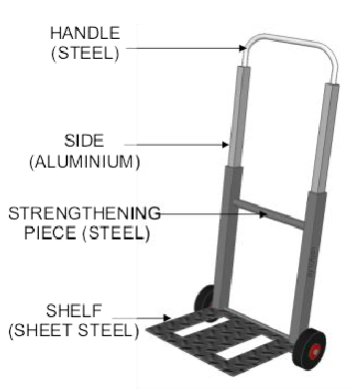 |
The trolley is manufactured from round section steel tube, solid section
round steel, sheet steel, square section steel tube and square section
aluminium tube. The combination of materials and the use of tube sections, make this trolley lightweight and yet very strong. Using tube saves on weight and increases the overall strength of the trolley’s structure. The aluminium will not rust and the steel parts can be painted, preventing corrosion. The sheet steel shelf has slots cut out of it in order to reduce its weight, without reducing its strength. A pattern has been pressed into the steel as this will increase its overall strength and make the steel sheet more rigid. It also means that the surface of the sheet steel has a grip/tread. This will held hold weights such as heavy boxes, in place when the trolley is moving. |
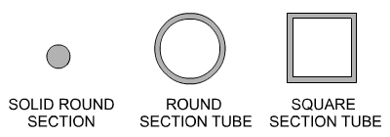 |
Various sections of steel and aluminium tube are prepared for the manufacture of the trolley. |
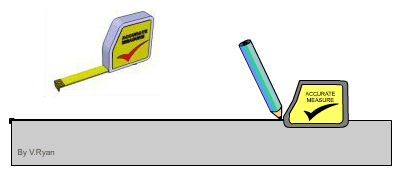 |
STAGE ONE: All the parts are accurately measured and marked out |
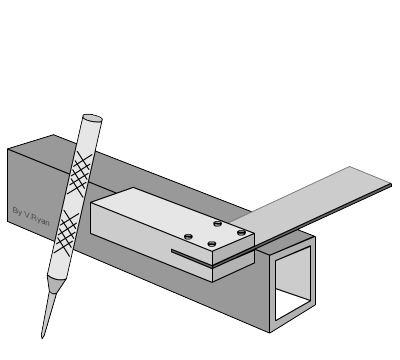 |
STAGE TWO: An engineers try square and scriber are used to mark the lengths. |
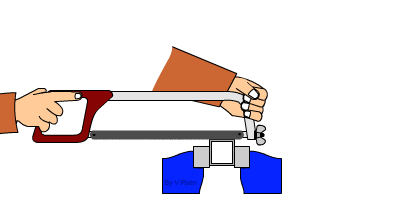 |
STAGE THREE: The material is securely held in the vice. A hacksaw is used to cut the various sections of steel and aluminium. |
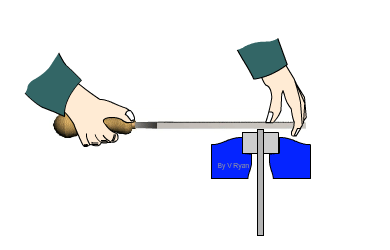 |
STAGE FOUR: The ends of the steel and aluminium sections are filed using a hand file. This removes burrs and sharp edges. |
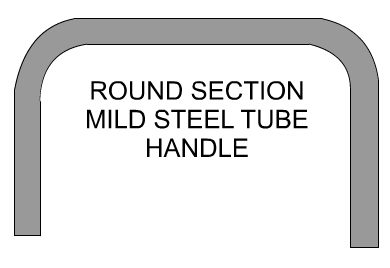 |
STAGE FIVE: A pipe bender is used to form the ‘curved’ trolley handle. A pipe bender is a piece of equipment used to bend tube to a precise radius. The rounded channel can be replaced with one that has a larger or smaller radius. The tube is first positioned in a straight grooved block - this holds it firmly. The lever arm is then rotated, bending the pipe slowly to the shape of the rounded channel. The handle is formed in this way. |
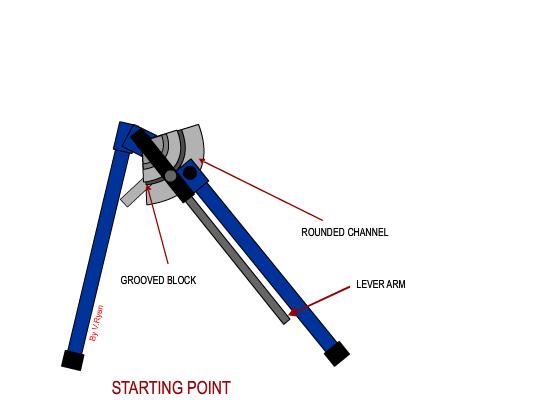 |
|
| With great care, even unusual shapes can be achieved. Sometimes the tube may need to be packed with sand to prevent distortion and weakening of the tube wall. | |
| STAGE SIX: The steel bolts are manufactured using a centre lathe. The wheels will eventually be held in position using the bolts and lock nuts. The wheel will rotate and yet remain attached to the main frame of the trolley. | |
 |
|
| STAGE SEVEN: The trolley is ready for assembly using a simple range of everyday tools such as screw drivers and spanners, as well as specialised processes including brazing and welding. | |
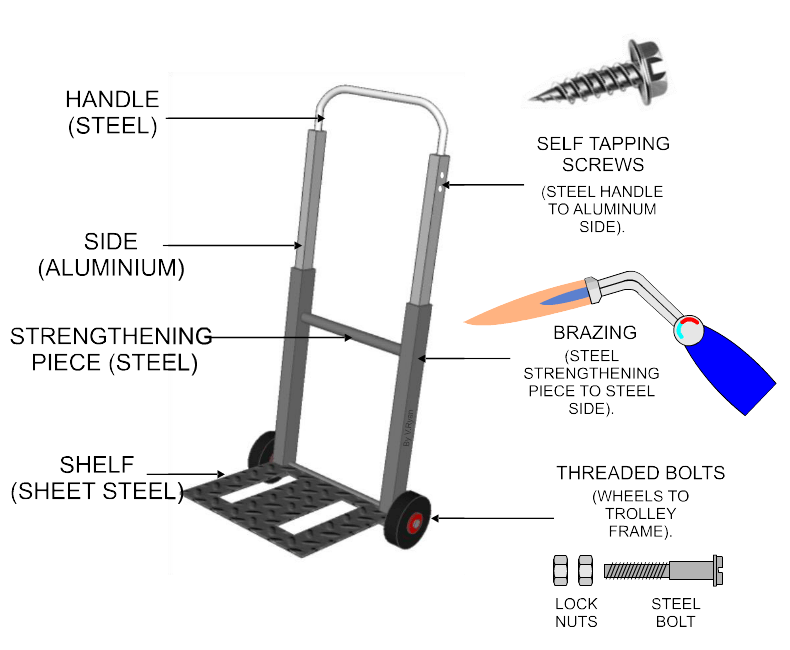 |
|
|
Click here for information on brazing. Click here for information on nuts and bolts for fitting wheels. |
|
| CLICK HERE FOR RESISTANT MATERIALS INDEX PAGE | |